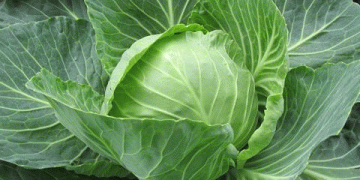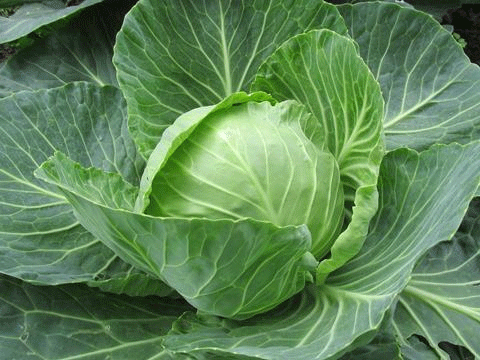The Polish Statistical Office has projected that the production of field vegetables for 2024 will reach approximately 3.8 million tons, marking a 2% increase from the previous year. This optimistic forecast is driven by a combination of expanded cultivation areas and improved agricultural practices. However, as with any agricultural endeavor, the impact of weather patterns remains a critical factor influencing yield outcomes.
Key Vegetable Production Estimates
According to the latest estimates, the harvest for various vegetables in Poland for 2024 is as follows:
- Cabbage: Expected production is around 593,000 tons, heavily influenced by the yields of late varieties. The proper management of late-season crops will be crucial to achieving these numbers.
- Cauliflower: The forecast for cauliflower production is set at 111,000 tons, indicating stable demand in the market. Cauliflower remains a popular choice among consumers, with versatile applications in both fresh and processed forms.
- Onions: A significant increase in onion production is anticipated, with estimates exceeding 695,000 tons. This surge is attributed to an expansion of cultivated areas, highlighting the crop’s economic viability for farmers.
- Carrots: The forecast for carrot production stands at approximately 572,000 tons, showcasing a consistent demand for this essential vegetable in various culinary uses.
- Beetroot: An estimated production of 249,000 tons reflects stable market conditions for this root vegetable, which continues to gain popularity due to its health benefits.
- Tomatoes: A notable increase in tomato production is projected, reaching nearly 210,000 tons, thanks to the expanded cultivation areas. Tomatoes are a staple in both fresh and processed forms, making them a critical crop for the agricultural sector.
Weather Impact on Vegetable Growth
Despite the positive outlook for vegetable production, farmers face challenges posed by weather conditions at the beginning of the 2024 growing season. An online report from SadyOgrody.pl highlights that excessive soil moisture at the start of the year caused delays in fieldwork, particularly in northeastern and southeastern Poland. While sustained high soil moisture levels facilitated even vegetative development for crops sown in late March and early April, a lack of rainfall in the latter half of April negatively impacted the growth and development of many plants.
This variability in weather underscores the need for farmers to adapt their practices in response to changing environmental conditions. Implementing advanced irrigation techniques and selecting crop varieties resilient to adverse weather can help mitigate risks and enhance overall production.
As Poland gears up for a promising vegetable production year in 2024, stakeholders in the agricultural sector must remain vigilant about the impacts of weather on crop yields. By harnessing modern agricultural practices and remaining adaptable to changing conditions, farmers can navigate the challenges ahead while capitalizing on the opportunities presented by the increasing demand for vegetables. With the right strategies in place, the forecasted growth in production can lead to greater economic benefits for farmers and the agricultural community.































